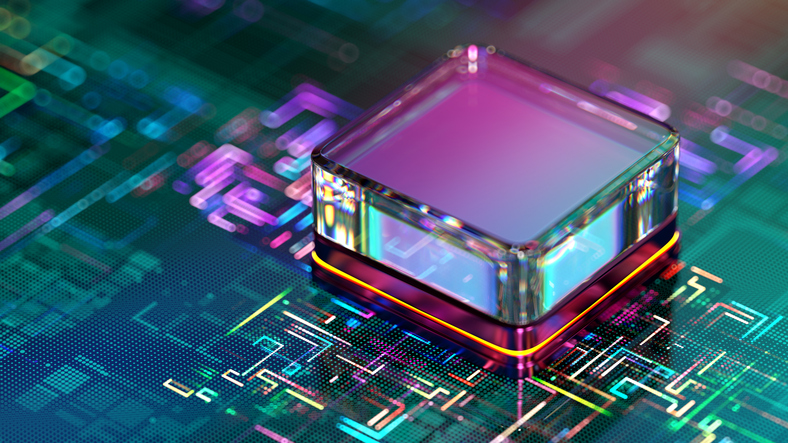In the ever-changing realm of technology, it can be difficult to describe something as “long-lasting”. The industry moves at a blazingly fast pace and novelty is often rewarded, but the truth is we all pay the price for premature obsolescence. It is high time that we commit to building tech products that last — to creating solutions that, by design, grow with the user and, thus, retain their value and usefulness. There is honour in balancing innovation with staying power.
For many tech companies, the current perception is that to remain profitable, they must design with planned obsolescence in mind — and the backlash has been harsh. Take Apple, for example, which has received widespread criticism and multiple fines for the iPhone’s faster-than-reasonable turnover. It is no different within the enterprise IT space. Instead of buying new iPhones every year, IT leaders are pressured to buy subscriptions for ongoing upgrades, or must replace new technologies coming to market every few years. No wonder everyone is going to the cloud — it’s just easier to manage.
But the race to the cloud is not always the answer. Data security and sovereignty concerns for Europe will become even more of a mandate. On-prem data solutions can often be more cost-effective, especially for long-term, large-scale data stores. Hybrid cloud solutions will continue to grow in the coming years as organisations grapple with the long-term tradeoffs of the public cloud. To compete effectively with the cloud, simplifying and building on-prem data centre technology that will stand the test of time must become a priority for vendors and end-users alike.
Since vendors have clear financial incentives to plan for premature obsolescence governments and lawsuits are addressing this type of business model. In fact, the UK government recently introduced ‘tough new rules’ to tackle this issue head-on.
With pressure from public cloud migration combined with governmental mandates, it’s high time for vendors to take a new approach. It’s time to go back to basics, develop solutions built for the long term and prioritise timeless design — creating a win-win for vendors and customers alike. So, how can technology start-ups and product development teams ensure they build long-lasting solutions?
How can technology design be made more inclusive?
A philosophical approach to timeless design
When designing a new product, it is essential to not only look at current needs, but to anticipate changes in business and in computing models. A timeless design must include potential for expansion and adaptation as the industry evolves. Products designed in a non-portable manner are limited to specific deployment scenarios only, for example on-prem vs. cloud.
Of course, predicting movements in the industry is not easy. Many people bet on storage tape going away, yet it is still found in many data centres today. Some jumped on a new trend too soon and failed. And others did not recognise the value in what they had created. Take Xerox, for example, which created then ignored the first personal computer.
So, how do you go about creating enduring technology that makes a meaningful difference in people’s lives and businesses? First, stay close to analysts whose job it is to analyse the market and identify major trends. And, second, engage in deep conversations with end-users to truly understand their objectives and challenges. Here, it is essential to discuss customers’ evolving needs and future projects, then work to create a product that solves for both the short and long term.
Many start-ups and new product lines are born this way, but, all too often, vendors do not discuss future plans with customers. They address today’s immediate needs with a set of “point solutions” and avoid telling their customers that replacement will be required in three to five years. Business is business, but there is a better way, and it’s a win-win.
How to avoid cloud vendor lock-in and take advantage of multi-vendor sourcing options
Getting technical: four key aspects of timeless, sustainable tech design
On the technical side, there are four key aspects of timeless and sustainable technology product design:
1. Software-defined
Think about timeless interior design — a solid foundation can easily be adapted and updated with accessories and accents to stay up-to-date with new trends or meet new requirements with minimal cost and waste. The same is true of software-defined technology, where the intelligence layer is in the software rather than the hardware. The tech industry as a whole has moved away from hardware-driven designs (those with a built-in lifespan) and towards software-defined solutions, which give customers massive flexibility and freedom of choice. Because software-defined solutions enable customers to retain hardware until its true end of life, they are also highly cost-effective.
2. Capable of growing and absorbing new tech over time
In addition, a timeless design must allow for growth over time without major disruption so that the organisation can run on yesterday’s, today’s and tomorrow’s hardware in a single system. In this way, the system rolls out naturally and grows seamlessly, without disruptive upgrades which are time-consuming at best and, at worst, can cause outages. Thoughtfully designed solutions permit the service (network, cloud, database etc.) to continue running while the infrastructure is built out and improved.
3. Standardised
A third element of timeless and sustainable design is standardisation — the product must adhere to what people know and use. It must embrace industry-standard and popular APIs. Take a key example in the networking space: TCP/IP is the open networking format and standard that has been adopted by all players. No matter how impressive a new network switch may be, it would not have much success if it relied on a completely different way of transferring data.
Until a standard emerges, a vendor can provide flexibility to its customers and ensure the longevity of its product by providing compatibility with multiple options.
4. Open source
A final recommendation for long-lasting and sustainable designs is to embrace open source. Publishing software to which the open-source community then contributes enables a natural and vendor-neutral evolution of the product, fostering sustainability. As code is peer-reviewed and anyone can fix security flaws, it leads to greater reliability and security.
An open source approach also ensures continuity, since the code is in the public domain should an organisation go bust, as well as flexibility because the code can be easily adapted to suit an end user’s requirements.
Technological innovation has tremendous potential for good and also for harm. Just as in many other sectors — healthcare, fashion, agriculture, and construction to name a few — it is crucial that technology vendors prioritise and focus on durability and longevity, building future-proof tech products that are designed to last.











